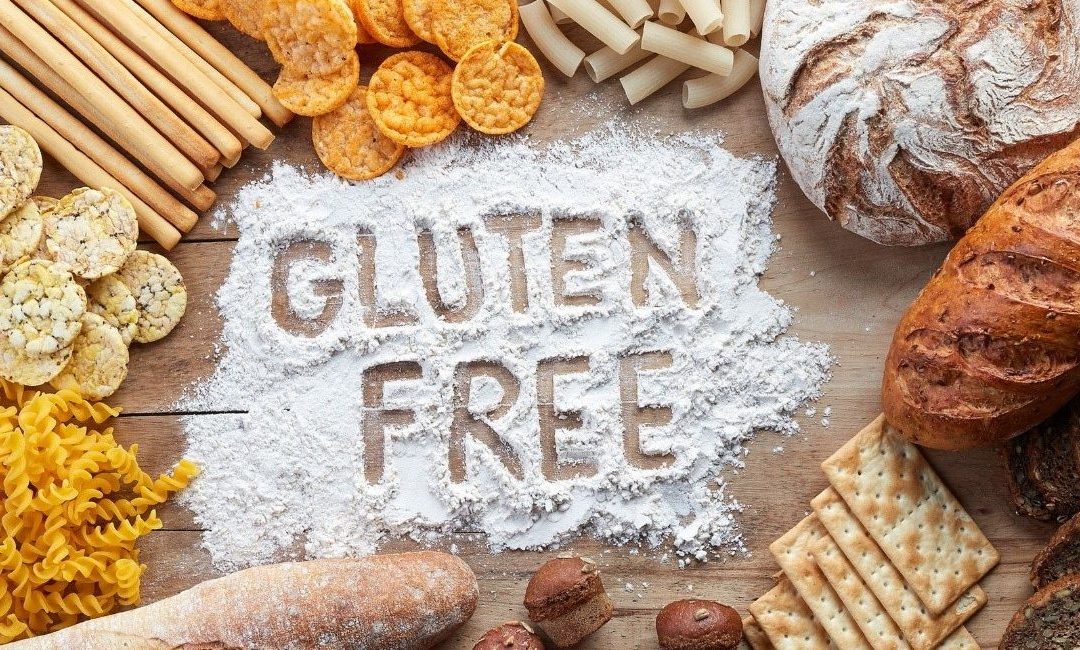It’s certainly fashionable to be gluten free these days! In America, up to 25% of people are either on a gluten-free diet or aspire to be on one, but in comparison there are relatively few people that suffer from serious gluten-related illness – the UK’s NHI estimates the amount at 1 in 100. However, for those that do suffer from Coeliac Disease and wheat allergies, the repercussions of eating gluten or wheat are dire.
Coeliac disease is an autoimmune condition where the immune system sees substances found inside gluten as a threat to the body and attacks it. Eating foods with gluten can trigger a range of gut-related symptoms such as diarrhoea, abdominal pain, bloating and flatulence, indigestion and constipation. Long term complications of the disease include osteoporosis and iron deficiency anaemia. Repercussions for those with a wheat allergy who eat wheat-based bread could be as severe as anaphylactic shock, and for Coeliacs it could retrigger their symptoms.
This makes it all the more important for bakeries that do produce gluten free bread to adhere to strict guidelines around production and labelling. “In line with the codec standard for gluten-free foods, South African legislation specifies that if you claim food is gluten-free it must contain no more than 20 gluten parts per million, or 20mg per kilogram,” Carte Blanche recently reported.
- Make sure that you are preparing gluten free items in a space that is 100% free of any wheat-based products to avoid cross-contamination. If you have a restaurant or food outlet attached to your bakery, keep separate a preparation area for gluten-free food service – even something as seemingly minor as using the same toaster or fryer with specks of gluten-containing crumbs could be harmful to your customer.
- If you’re unsure how to label your breads correctly, perhaps consult a professional to ensure that you are using the correct terminology from a legal standpoint.
- If you say that your bread is gluten-free, it needs to be made without using grains that contain gluten such as wheat, barley, spelt, rye, kamut or einkorn. Also, don’t try to use fancy marketing language that suggests that it is when it isn’t – you are not trying to bamboozle your customers. Remember, for many, the repercussions of eating gluten or wheat is very serious.
- Even if you believe that gluten intolerance is a fad that shouldn’t be taken seriously, and you feel that gives you a little leeway with your ingredients, it doesn’t. Flours that can replace a traditional wheat flour are expensive, which is why gluten-free loaves can command higher prices. There is no room to add wheat-based flour to the mix, no matter how small of an amount it might be. Doing so is food fraud.
- If you’re serious about gluten-free baking, it’s worthwhile to regularly check the gluten levels of your gluten-free bakes. While you might think that your bread ticks all the boxes, it might not, whether through staff or supplier error, or even just using a recipe that isn’t truly gluten-free.


